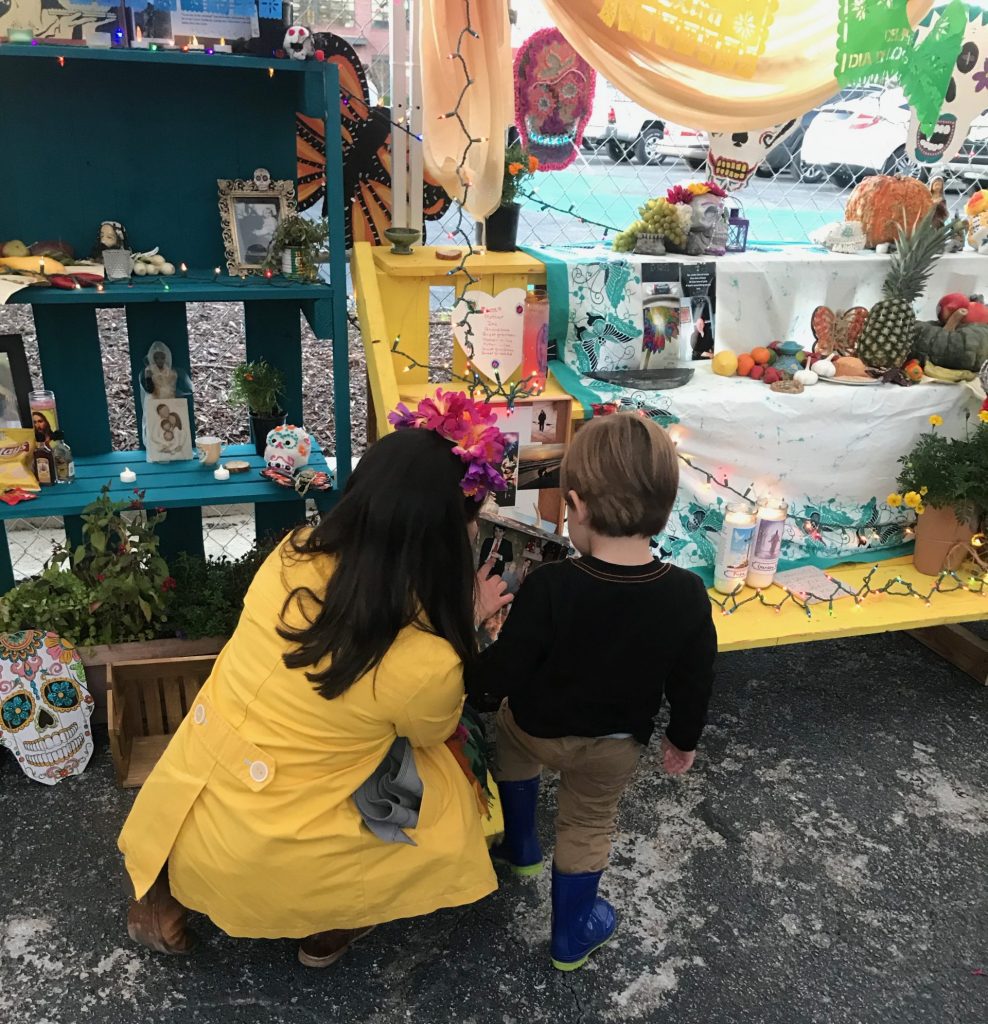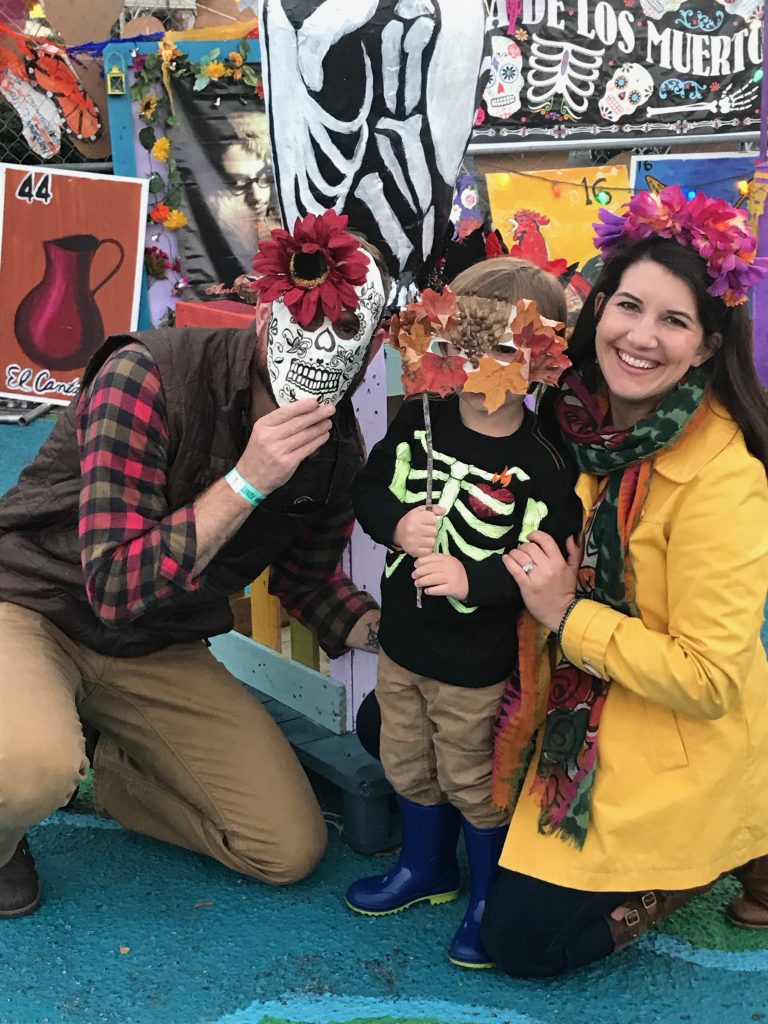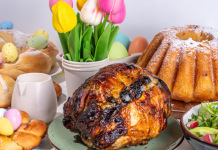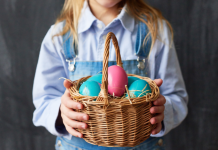
Shortly after moving to Birmingham in 2012, I was invited by coworkers to what would soon become one of the most beautiful and meaningful events of the year for me. I had a vague memory of learning about Dia de los Muertos (Day of the Dead) in high school Spanish class, but I really knew very little about the meaning of the holiday. After my first experience with the festival, I was hooked and haven’t missed a year. Covid-19 will bring some changes to how we celebrate this year, but I can’t image beginning a November without it. In a year of significant loss, we need this now more than ever.
The Meaning of Dia de los Muertos
Dia de los Muertos has its roots in an ancient Aztec celebration. After Spanish conquest and colonization, the native people in some ways adopted the Catholic holidays of All Saints’ and All Souls’ Days, while keeping many of their same traditions and beliefs intact. The tradition of Dia de los Muertos is that on this special night, ancestors are allowed to return to celebrate with their living loved ones. This is anything but a solemn event, though it is very spiritual and respectful. The festival is, above all, a party!

As a mental health professional, I don’t believe that dominant North American culture offers the majority of people enough ritual and support for grief and loss. We often connect death with mostly being somber, dark, and filled with pain and remorse. Even though I’ve believed in celebrating someone’s life when they die, I didn’t consider what that could really mean until I experienced Dia de los Muertos. This holiday has changed my view of how I remember my deceased loved ones. It calls me to remember joyfully that they are never really gone. I can delight in their memory and the role they continue to play in my life. I don’t have to carry my grief as a heavy burden but simply acknowledge it as a part of what it means to be human.
The Traditions of Dia de los Muertos
The symbols of Dia de los Muertos have become much more mainstream and sometimes associated with Halloween, which can unfortunately water down their meaning. Here are a few traditions you’ll encounter at a festival and why they’re so important.

The Altars (Ofrendas)
My favorite part of the festival is arriving before sunset to take in the beautiful memorials. The altars contain pictures, mementos, messages, and favorite foods of loved ones. Incense and flowers surround them to draw ancestors to their altars. As the sun sets, fires are lit and lights glow, bringing the altars to life. Some are large and elaborate, dedicated to both local and global celebrities or to collective losses. Many are filled with beautiful art and moving stories. Others are small, simple, intentional. A section is arranged for people to bring their own altars, which I joined in for the first time last year. Here’s more on what an ofrenda entails and how to create your own.
Calacas and Calaveras
Joyously depicted skeletons and skulls are prominent in Dia de los Muertos as reminders of the celebration of deceased loved ones. They are signs of honor and of presence. They are rarely depicted as sad or unclothed, as this is considered a dishonor to ancestors. People often wear masks or face paint as personal representations and as a way to feel a closeness to those they are celebrating.
Roll Call and Parade
Names of deceased loved ones are read aloud. Participants answer, “present,” or “presente,” honoring their memory and remembering that they remain with us in our hearts and lives. Some celebrations also involve a walking parade that is similar to a New Orleans Jazz Funeral.
Food and Music
If your loved ones were returning for the night, wouldn’t you want to have a feast? Dia de los Muertos is a time to eat, dance, sing, and enjoy. This festival also honors Mexican and Latino cultures. Food and music are just two ways to explore and appreciate the flavor these cultures offer.
How to Join the Celebration
There’s no need to travel far to find an authentic and vibrant way to celebrate! Birmingham’s Bare Hand’s Dia de Los Muertos festival is “an annual joyful remembrance of lost loved ones which began in 2003, inspired by Mexico’s sacred Day of the Dead tradition, the tradition of Decoration Day in the Southern United States, New Orleans Jazz Funeral Processions, and Birmingham’s own history and community” (barehandsinc.org). This event has grown every year, particularly since moving to its new location at Pepper Place.
Typically, this celebration occurs on November 2nd, but Covid precautions are changing many celebrations this year. Instead, the Bare Hands festival will last a week, from November 1-7 from 5:00 – 9:00 p.m. Attendance and activities will be limited and social distancing guidelines in place. You can visit their website for more information. For first time goers, I encourage an open mind and a willingness to listen, learn, and experience.
If attending the festival doesn’t feel right for your family this year, there are other ways of celebrating. The Alabama Multicultural Organization (AMOR) will host a two-week altar exhibit at Cahaba Brewery. The film Coco is a beautiful depiction of the holiday and appropriate for most ages (this was actually my son’s first in-theatre movie!). Get creative with decorating your own skeletons and consider creating your own altar. Bare Hands even has virtual classes to teach you how! Or maybe consider making a special meal, play whatever music makes your family want to dance, and hold your own “roll call” honoring your loved ones. 












